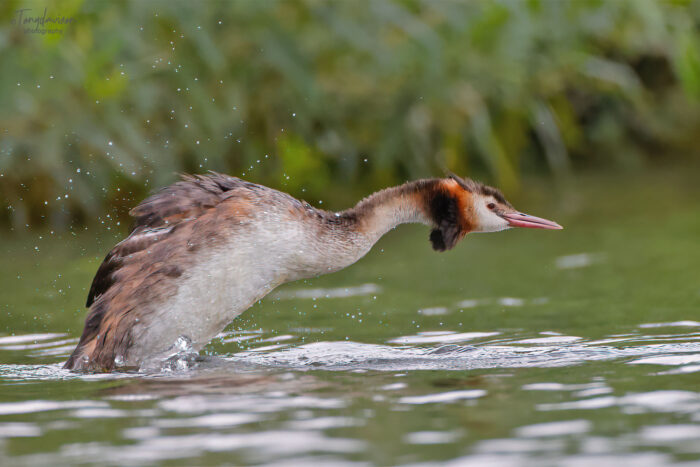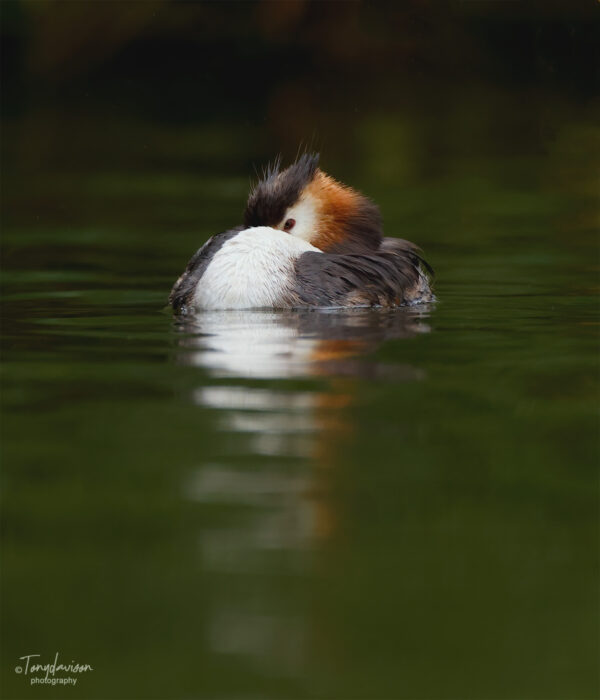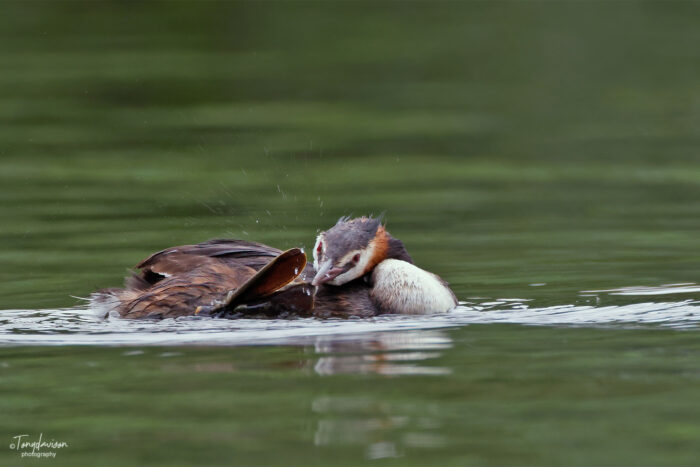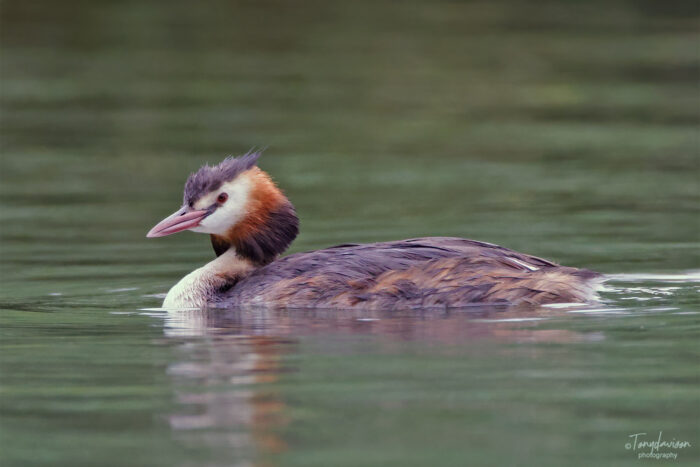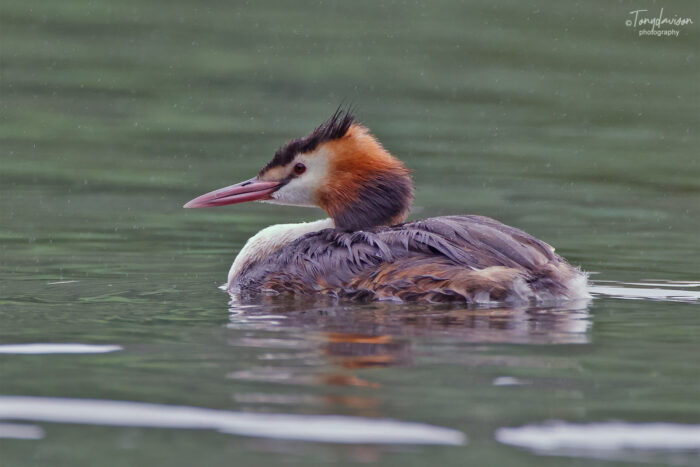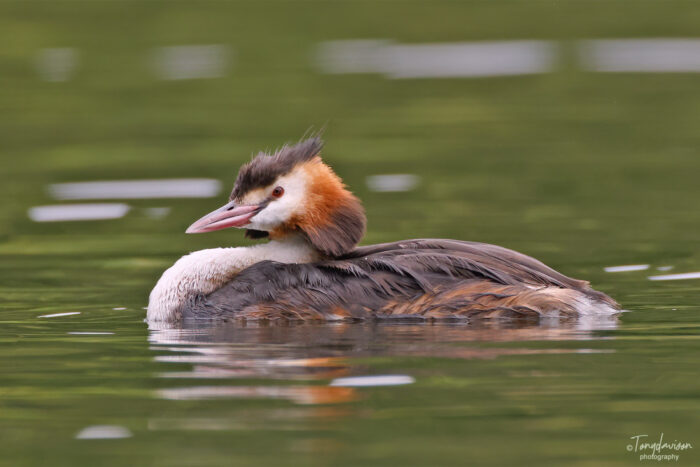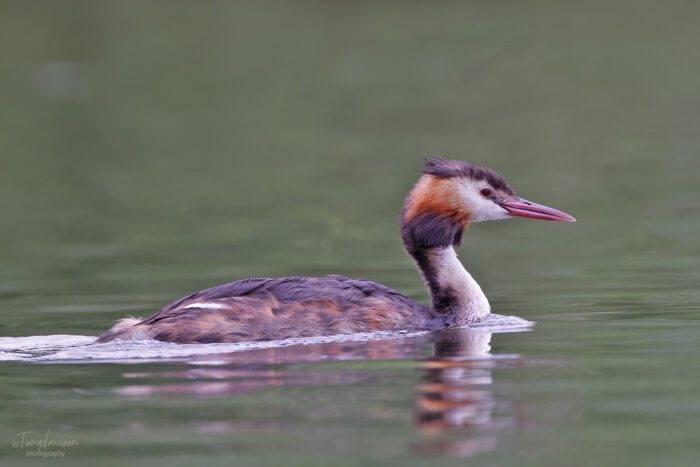Before the latter half of the eighteenth century, the Great Crested Grebe was fairly well distributed over Britain. However, by 1860, a total of 42 pairs were counted, the demise was due to its plumage becoming fashionable in the trimmings of clothes and hats.
By 1867 only one pair of Great Crested Grebes was recorded at Tring reservoirs but by 1884 there were seventy-five pairs. Recolonisation began and was aided by the passing of the Bird Protection Act and a positive human reaction to its decline. Many of the women who wore the “grebe fur” fashioned clothing, became aware of the birds massacre, and they banded together ultimately forming what we know today as, the Royal Society for the Protection of Birds.
Happily the Great Crested Grebe remains a reasonably common bird on our lakes, gravel pits and reservoirs and we can still enjoy its remarkable courtship dance in the spring. A truly beautiful bird and through no fault of its own, has been given so many strange names over the years, including “Arsefoot” due to its feet being placed far back on the body.
